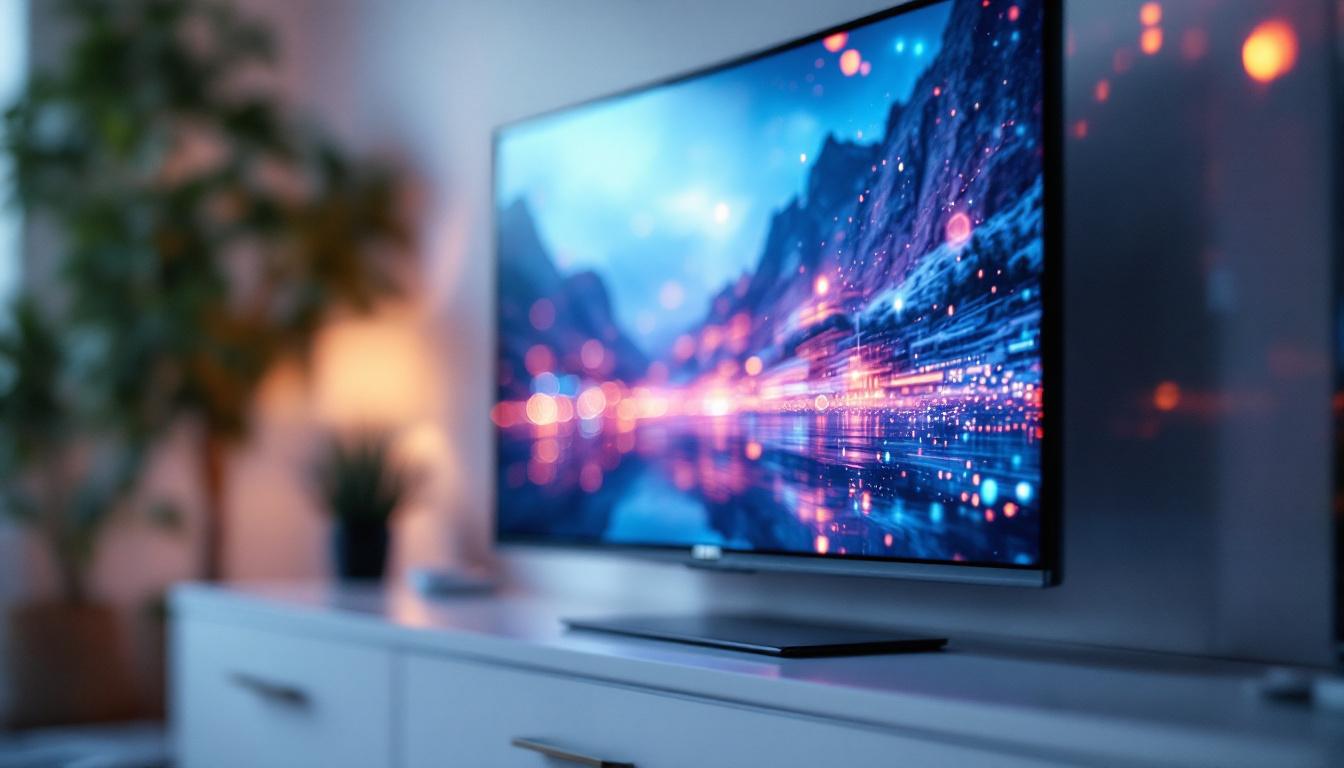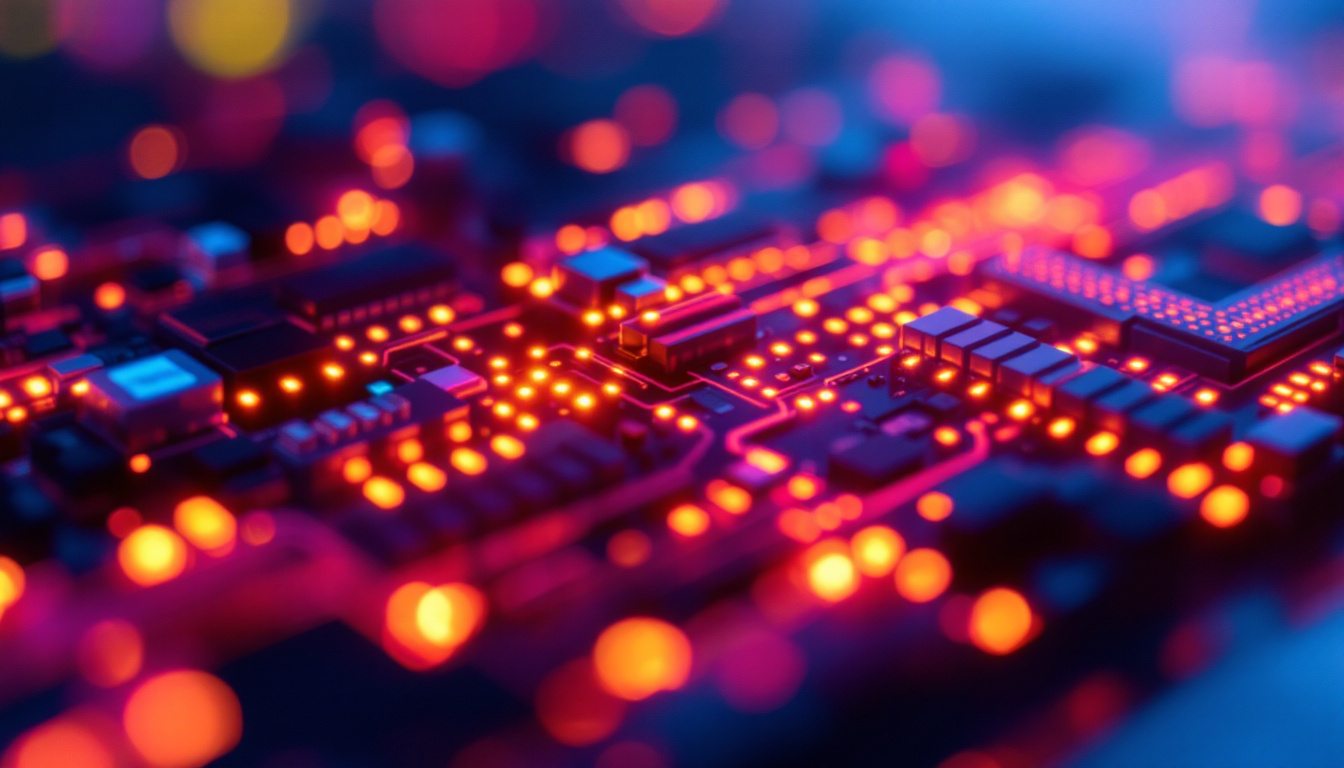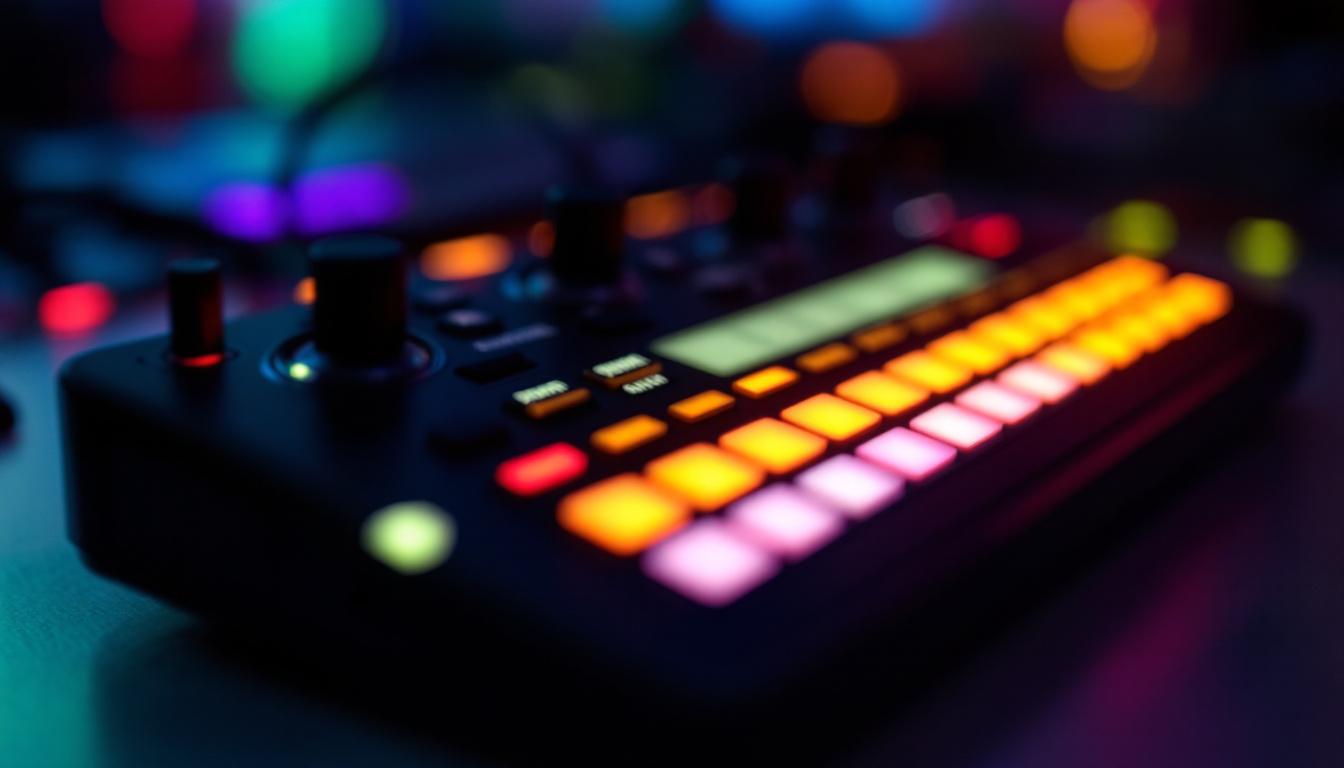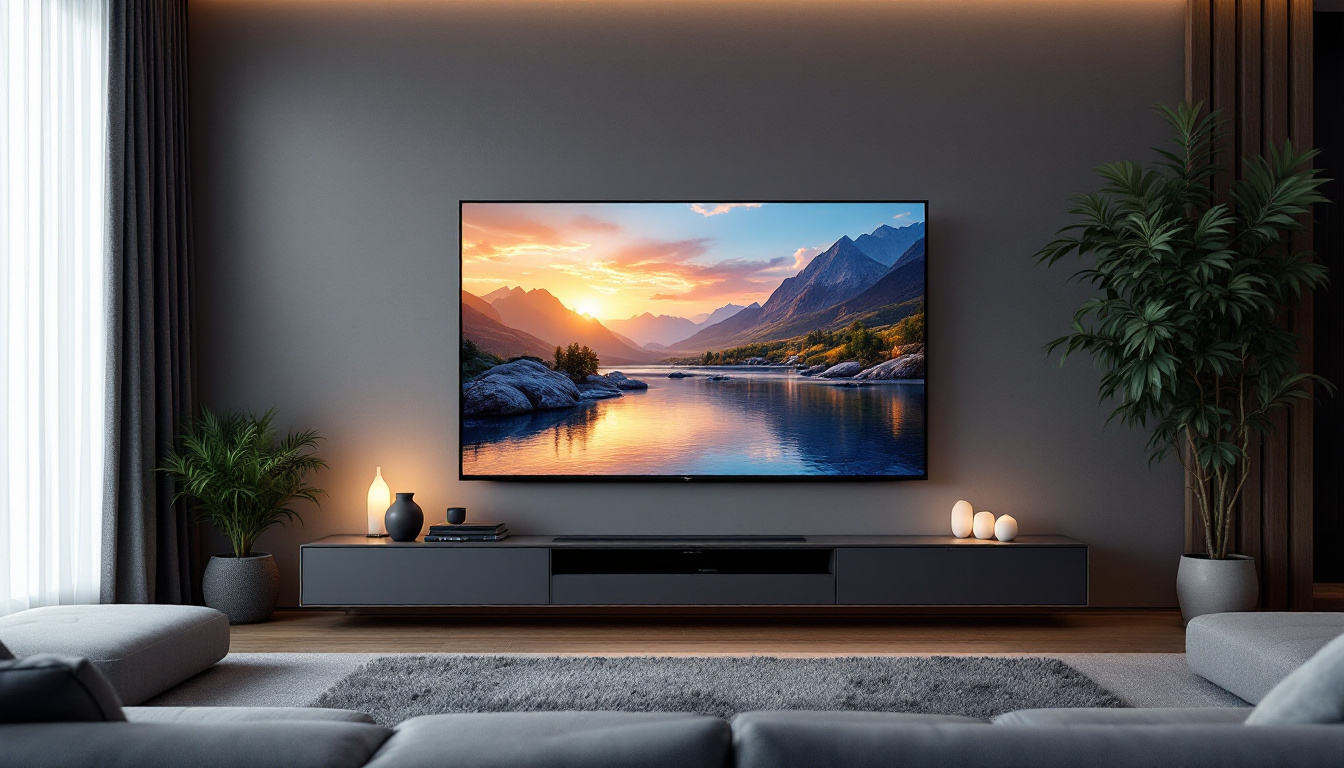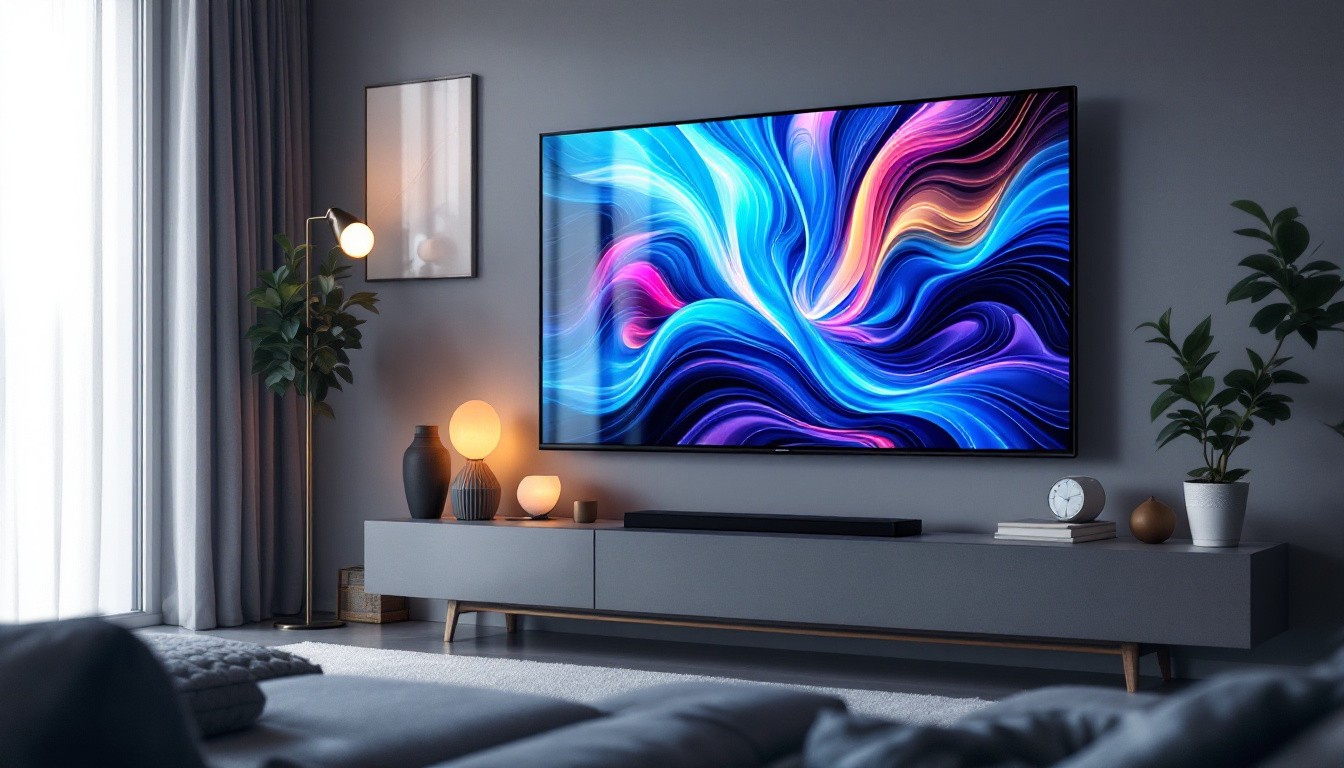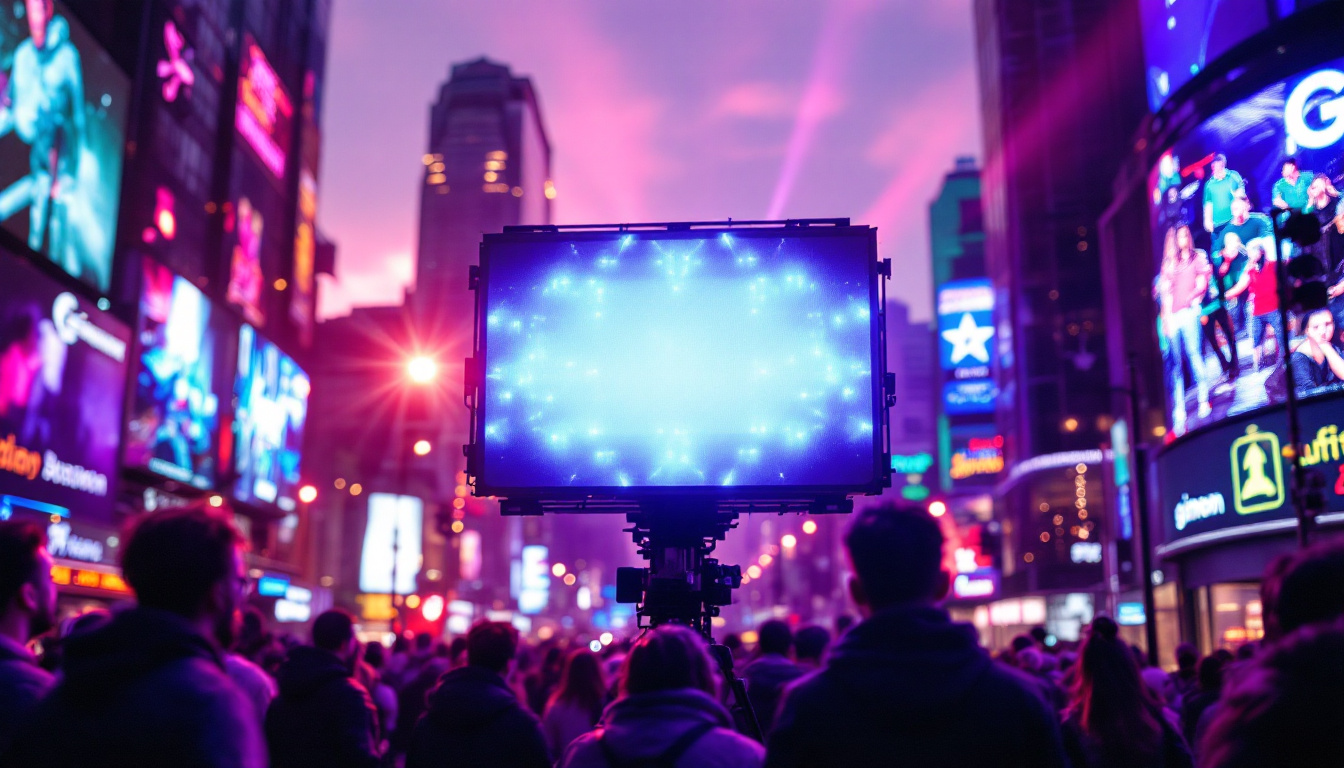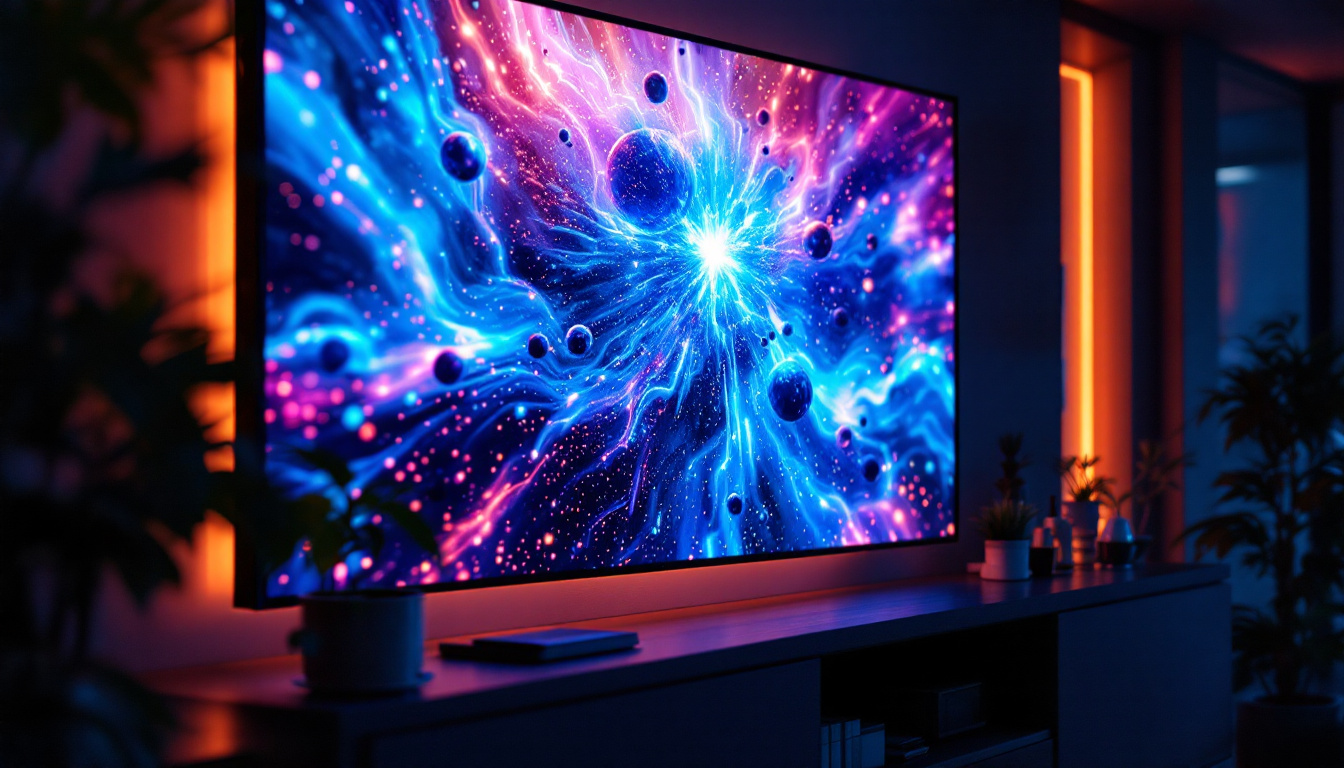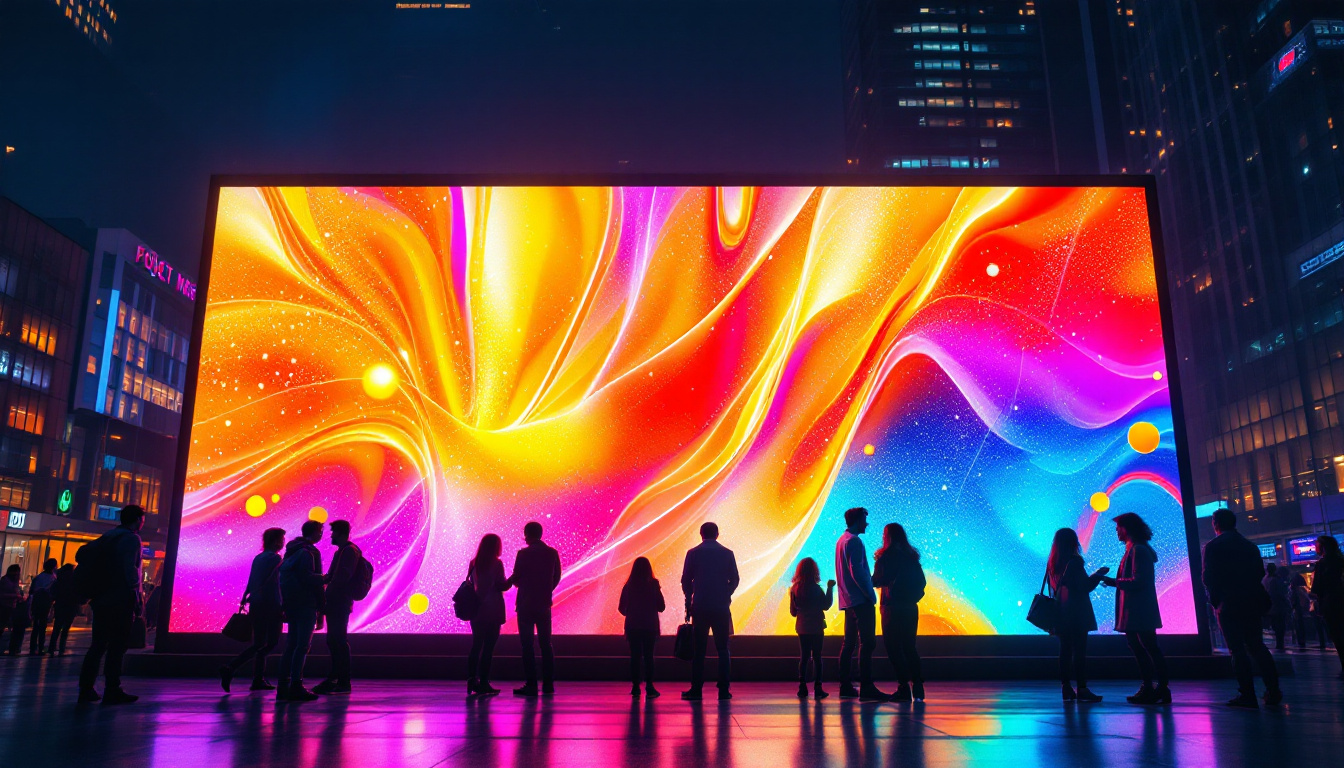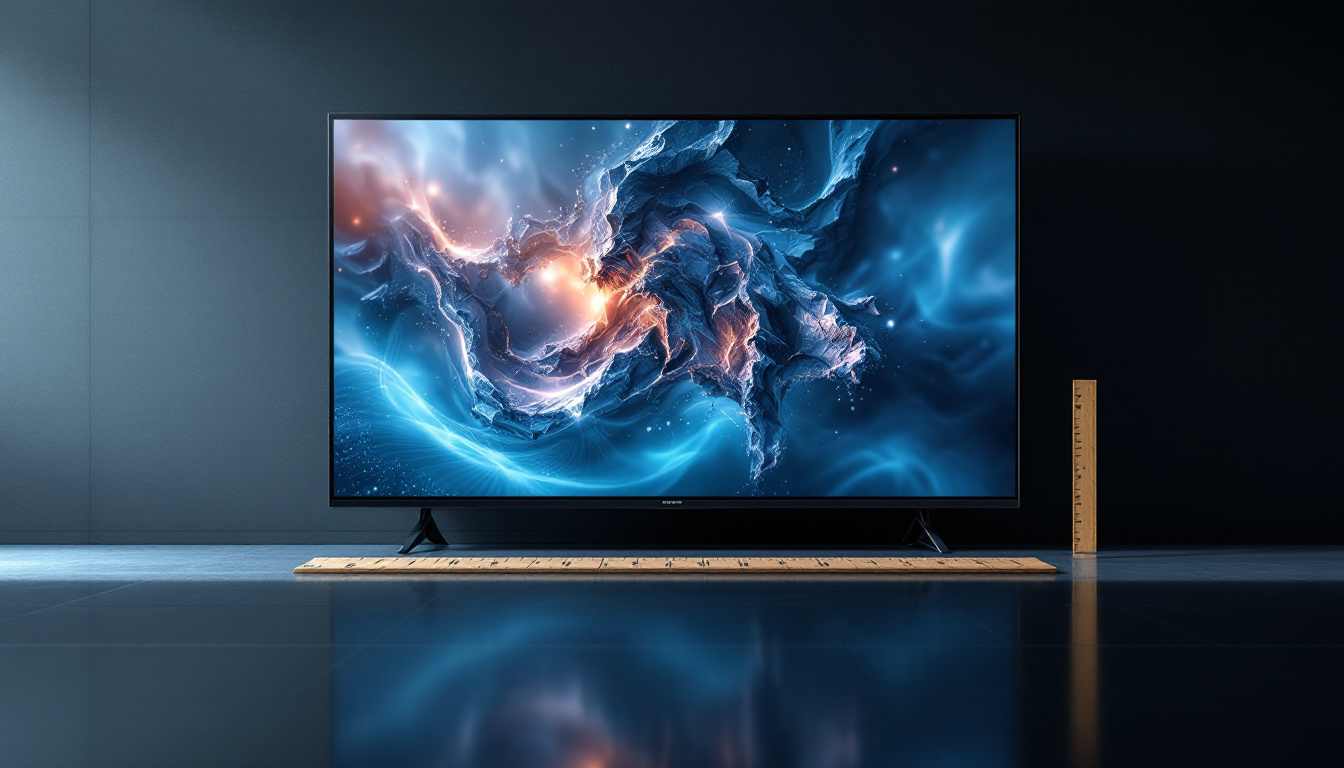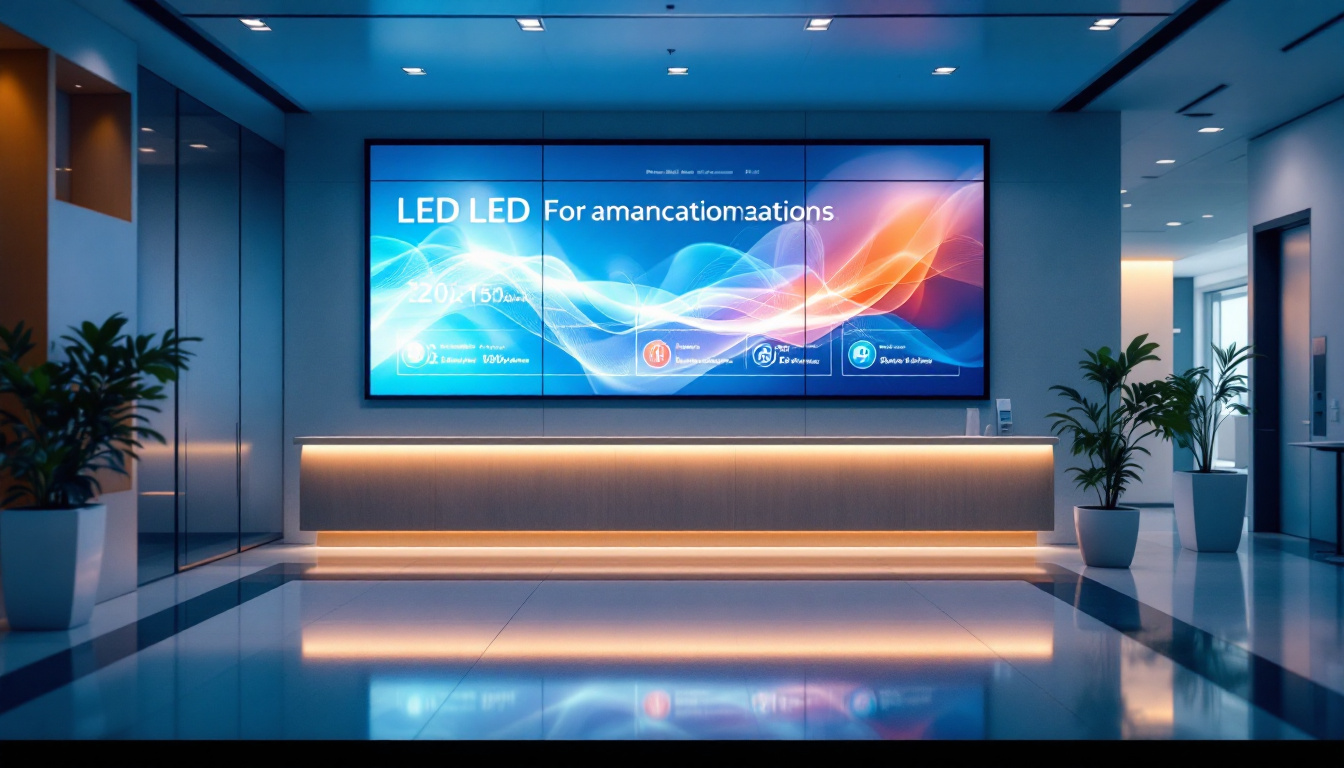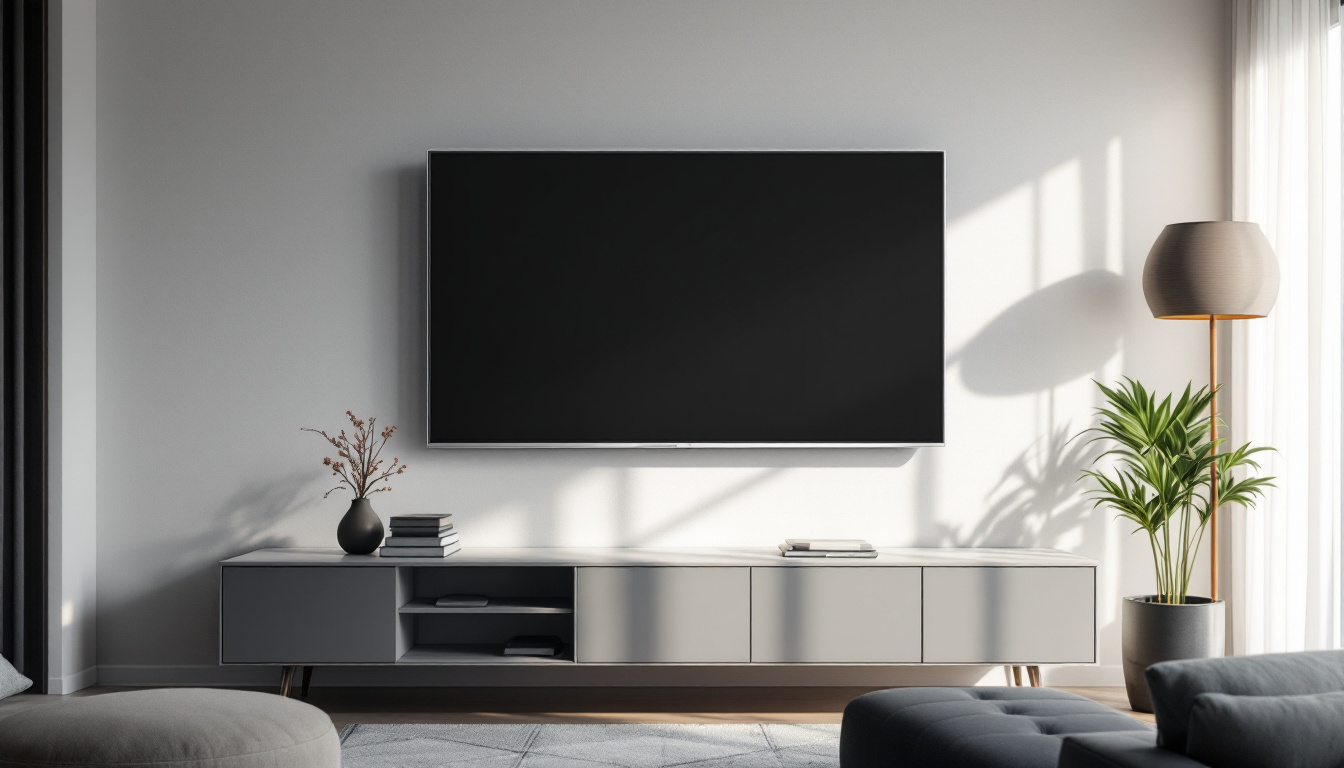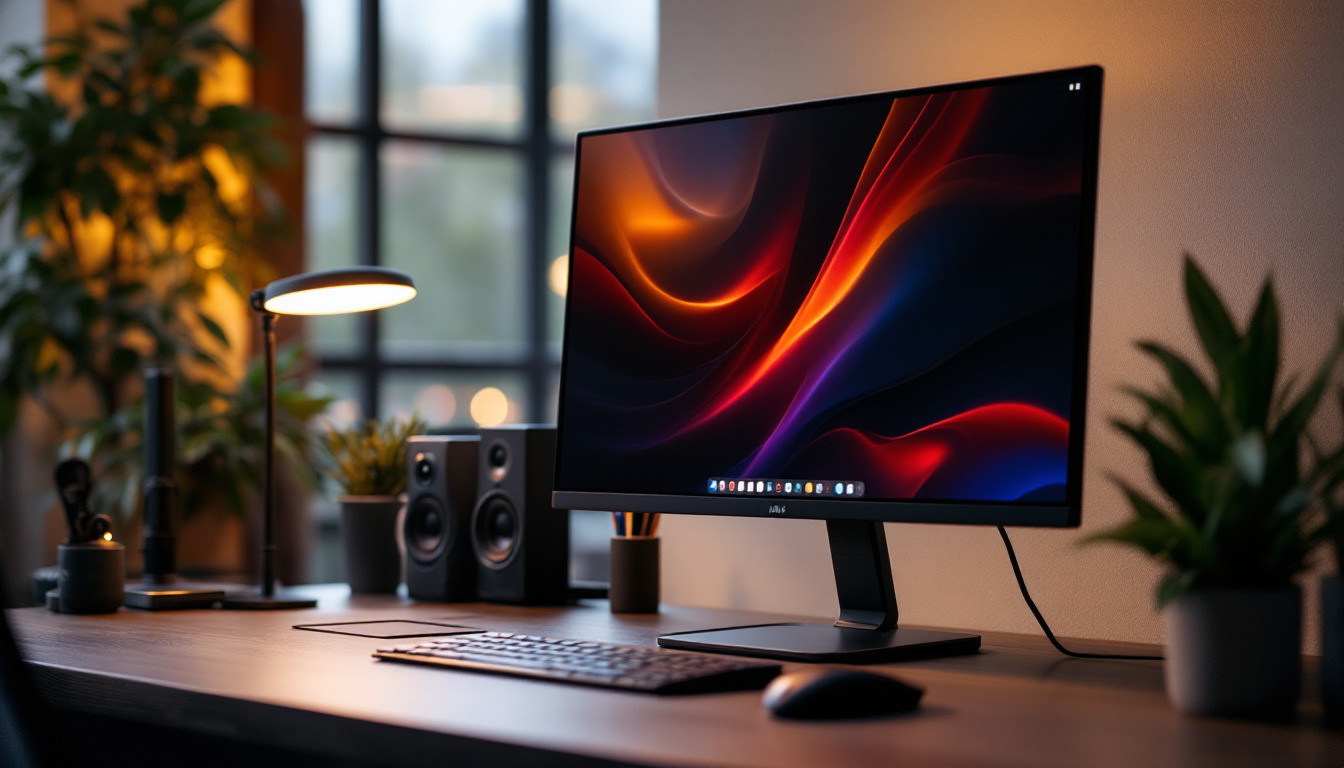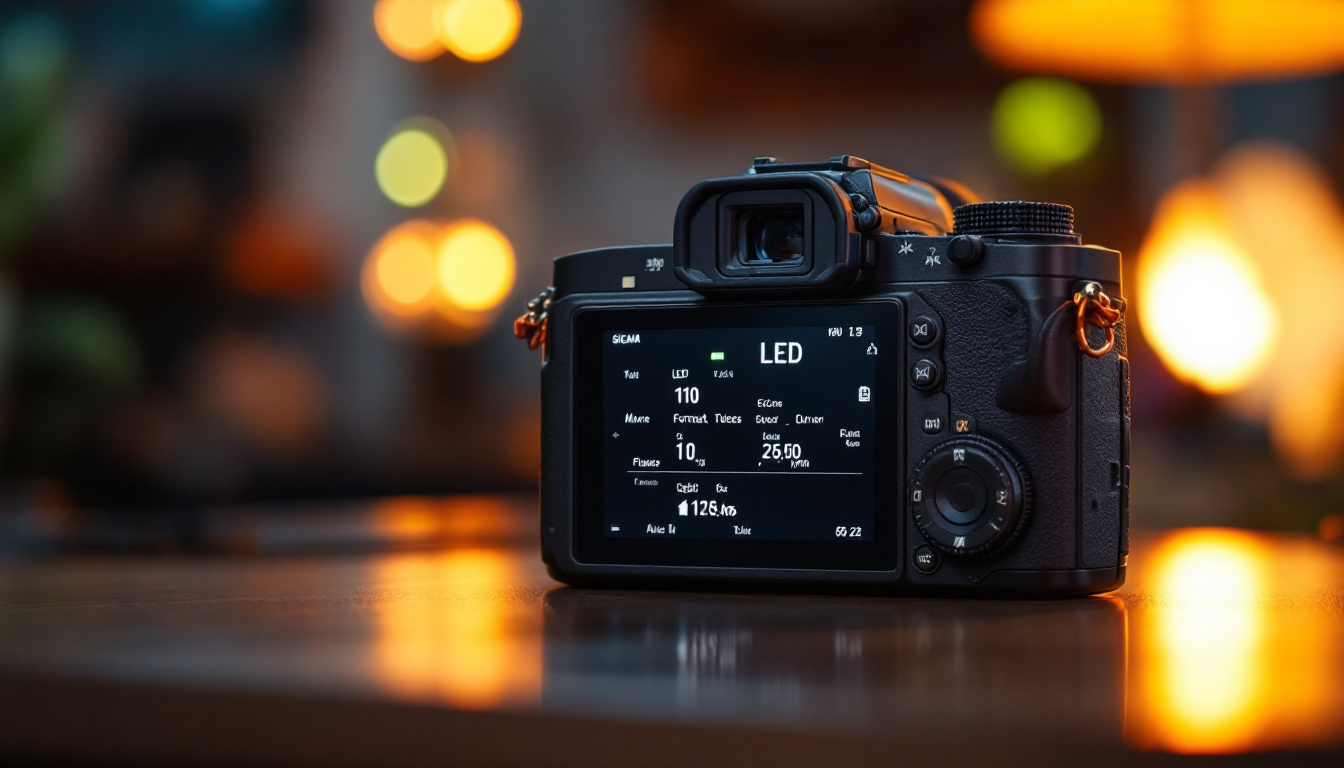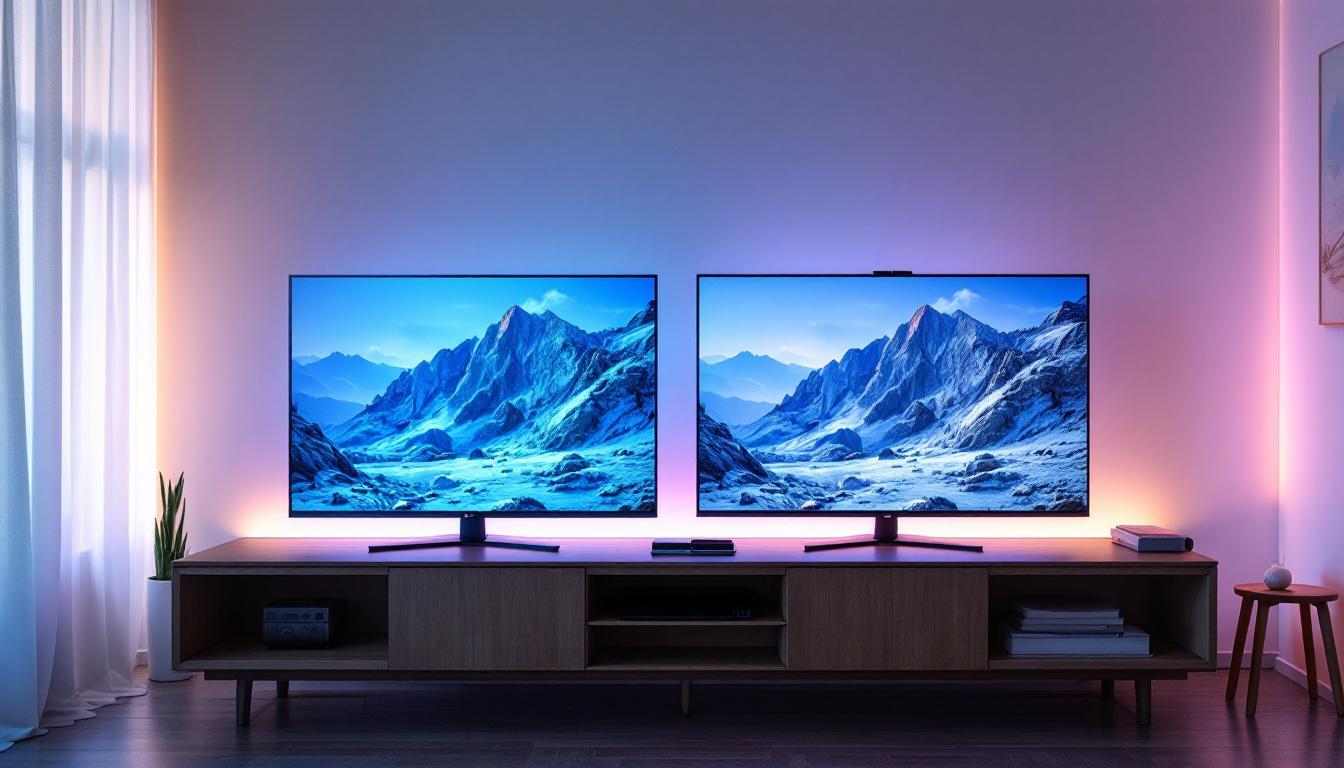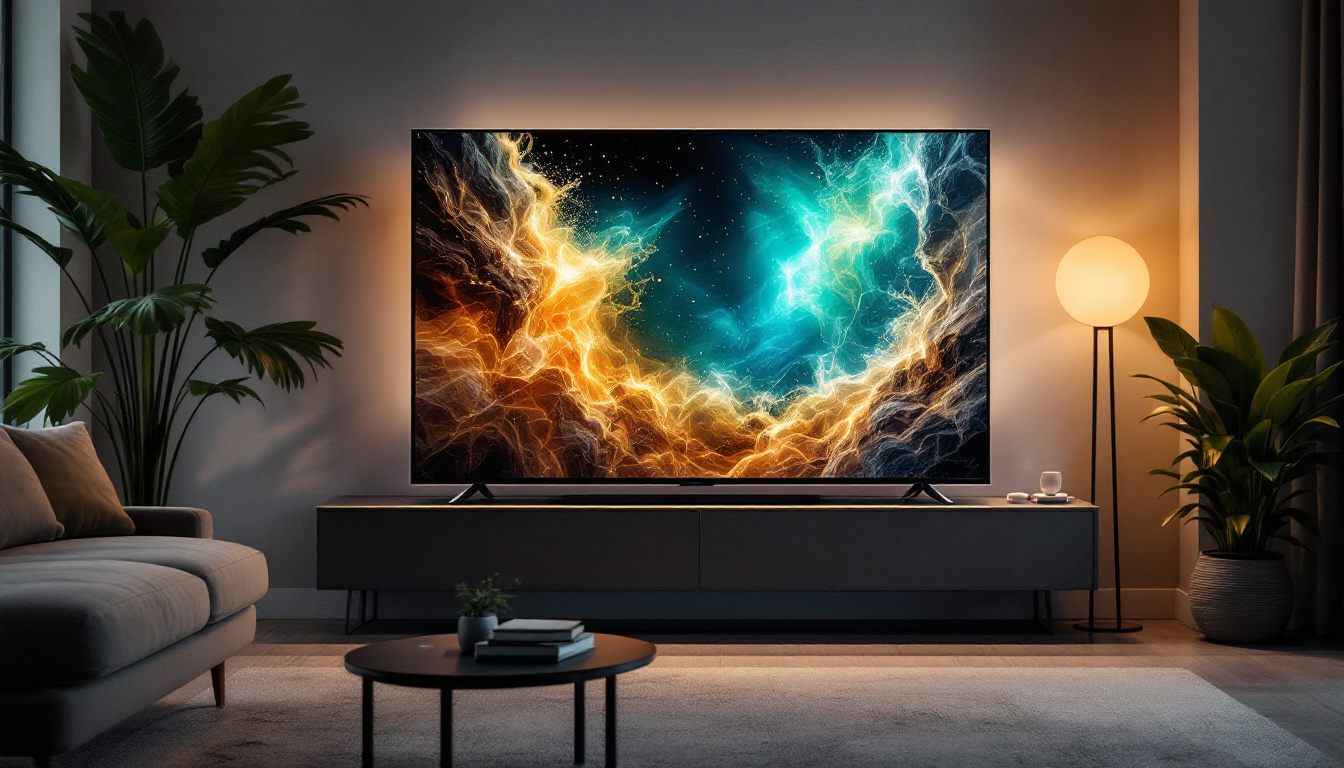When shopping for a new LED TV, one of the most frequently discussed specifications is the refresh rate, often expressed in hertz (Hz). But what exactly does the Hz rate mean for LED displays, and how does it impact your viewing experience? This article delves into the fundamentals of LED TV refresh rates, explaining the technology behind LED displays, the significance of different Hz ratings, and how to choose the right TV based on your needs.
Understanding LED TV Technology
LED TVs are a type of LCD (liquid crystal display) television that use light-emitting diodes (LEDs) as a backlight source instead of the traditional cold cathode fluorescent lamps (CCFLs). This innovation allows LED TVs to be thinner, more energy-efficient, and capable of producing brighter images with better contrast. The transition from CCFL to LED technology not only improves the aesthetic appeal of televisions, making them sleeker and more modern, but also significantly reduces energy consumption, which is an important consideration for environmentally conscious consumers.
LED backlighting comes in several forms, including edge-lit and full-array, with the latter often featuring local dimming zones for enhanced picture quality. Edge-lit LED TVs use a series of LEDs positioned along the edges of the screen, while full-array models have a grid of LEDs behind the entire panel, allowing for more precise control over brightness and contrast. This capability means that scenes with dark backgrounds can maintain deep blacks without washing out the colors in brighter areas, resulting in a more immersive viewing experience. However, regardless of the backlighting method, the core of an LED TV is its LCD panel, which controls the pixels that form the image on the screen. The quality of the LCD panel itself can vary, with factors such as color accuracy and viewing angles playing a significant role in the overall picture quality.
Refresh rate, measured in hertz, refers to how many times per second the TV updates the image on the screen. This specification is crucial because it affects motion clarity and smoothness, especially during fast-moving scenes such as sports, action movies, or video games. A higher refresh rate, such as 120Hz or even 240Hz, can provide a smoother viewing experience, reducing motion blur and enhancing the clarity of fast-paced action. Many modern LED TVs also incorporate technologies like motion interpolation, which can artificially increase the frame rate of lower-quality content, making it appear smoother. Additionally, features like variable refresh rate (VRR) are becoming increasingly popular, particularly among gamers, as they help to eliminate screen tearing and stuttering, ensuring a seamless gaming experience.
What Does Hz Rate Mean on an LED TV?
The Hz rate, or refresh rate, indicates the number of times the display refreshes the image each second. For example, a 60Hz TV refreshes the screen 60 times per second, while a 120Hz TV does so 120 times per second. Higher refresh rates generally result in smoother motion and less blur. This is particularly noticeable when watching fast-paced content, such as sports or action films, where rapid movements can cause blurring on lower refresh rate displays.
It’s important to distinguish between the native refresh rate of the TV panel and the motion enhancement technologies manufacturers use. Many LED TVs advertise effective refresh rates higher than the panel’s native rate by using techniques like frame interpolation or black frame insertion to simulate smoother motion. These marketing figures can be confusing, so understanding the native refresh rate is key. For instance, while a TV may claim to have a 240Hz refresh rate, it might only have a native rate of 120Hz, relying on processing tricks to achieve that higher number. This can lead to a less authentic viewing experience, as the artificial enhancements may introduce artifacts or a soap opera effect that some viewers find unappealing.
Common Refresh Rates and Their Impact
Most LED TVs on the market have native refresh rates of 60Hz or 120Hz, with some high-end models offering 240Hz panels. Here’s how these rates affect viewing:
- 60Hz: Standard for most budget and mid-range TVs. Suitable for regular TV watching, movies, and casual gaming. Motion may appear less smooth during fast action scenes, which can detract from the overall viewing experience, especially for sports enthusiasts or gamers who thrive on quick reflexes.
- 120Hz: Offers noticeably smoother motion, reducing blur and judder. Ideal for sports fans, action movie enthusiasts, and gamers who want better responsiveness. This refresh rate allows for a more immersive experience, as the clarity during high-speed sequences enhances the overall enjoyment of the content.
- 240Hz: Found mostly in premium models. While the human eye may struggle to discern improvements beyond 120Hz in typical viewing, 240Hz can benefit competitive gaming and specialized content. For gamers, this refresh rate can mean a significant advantage, as it allows for quicker frame updates and reduced input lag, making it easier to react in real-time scenarios.
In addition to the refresh rate, other factors such as response time and input lag also play a critical role in the overall performance of an LED TV. Response time refers to how quickly a pixel can change from one color to another, which is crucial for reducing ghosting effects during fast-moving scenes. Input lag, on the other hand, is the delay between a user’s action (like pressing a button on a controller) and the corresponding action displayed on the screen. For gamers, particularly those engaged in competitive play, both of these specifications can significantly impact gameplay, making it essential to consider them alongside the refresh rate when choosing a TV.
How Refresh Rate Affects Picture Quality and Viewing Experience
Motion clarity is one of the most significant benefits of a higher refresh rate. When watching fast-moving content, a higher Hz rate reduces motion blur and judder, making the image appear sharper and more fluid. This is especially important for sports broadcasts, where rapid movements are constant.
In addition to motion clarity, refresh rate interacts with other TV features such as response time and input lag, which are critical for gamers. A TV with a high refresh rate and low input lag can provide a competitive edge in fast-paced games by delivering quicker and smoother visuals.
Judder and Motion Blur Explained
Judder occurs when the frame rate of the content doesn’t match the TV’s refresh rate, causing uneven or stuttering motion. For instance, movies are typically filmed at 24 frames per second (fps), which can cause judder on a 60Hz TV due to frame rate conversion. Higher refresh rates and motion interpolation can help mitigate this effect.
Motion blur happens when pixels take time to change from one color to another, causing fast-moving objects to appear smeared. TVs with faster response times and higher refresh rates reduce motion blur, enhancing the clarity of fast action.
Factors to Consider When Choosing an LED TV Based on Hz Rate
While refresh rate is an important specification, it should not be the sole factor in choosing an LED TV. Other aspects such as panel type, resolution, HDR support, and smart features also play vital roles in overall performance and user satisfaction.
Content Type and Viewing Habits
Consider what type of content you watch most frequently. If you enjoy watching sports, action movies, or playing fast-paced video games, a TV with a native 120Hz or higher refresh rate is beneficial. For casual viewing of standard TV shows or movies, a 60Hz TV may suffice.
Input Lag and Gaming Performance
Gamers should pay attention to input lag alongside refresh rate. Input lag is the delay between pressing a button on the controller and seeing the action on the screen. TVs with higher refresh rates often have lower input lag, providing a more responsive gaming experience. Many modern LED TVs also offer dedicated gaming modes to optimize these parameters.
Beware of Marketing Terms
Manufacturers often use terms like “Motion Rate,” “TruMotion,” or “Effective Refresh Rate” to describe enhanced motion technologies. These figures can be misleading and do not always reflect the panel’s true native refresh rate. Always check the native refresh rate specification to understand the actual performance.
Latest Trends and Technologies in LED TV Refresh Rates
The LED TV market continues to evolve, with manufacturers integrating advanced technologies to improve motion handling and picture quality. Some of the latest trends include:
Variable Refresh Rate (VRR)
VRR technology allows the TV to dynamically adjust its refresh rate to match the frame rate of the content being displayed. This reduces screen tearing and stuttering, particularly in gaming scenarios. VRR is becoming a standard feature in many mid-to-high-end LED TVs, especially those compatible with gaming consoles like the Xbox Series X and PlayStation 5.
Higher Refresh Rates for 4K and 8K TVs
As 4K and 8K resolutions become more prevalent, manufacturers are pushing for higher refresh rates to complement the increased pixel density. Combining high resolution with a 120Hz or higher refresh rate results in incredibly smooth and detailed motion, enhancing the immersive experience.
Advanced Motion Processing Algorithms
Modern LED TVs employ sophisticated motion interpolation and frame insertion techniques to create smoother motion from lower frame rate content. While these can improve the viewing experience, some viewers find the “soap opera effect”—an overly smooth, unnatural look—unappealing. Most TVs allow users to adjust or disable these features according to preference.
Conclusion: Making Sense of LED TV Hz Rates
Understanding the refresh rate of an LED TV is essential for making an informed purchase decision. The Hz rate directly influences how smooth and clear motion appears on the screen, impacting everything from sports viewing to gaming performance. While higher refresh rates like 120Hz or 240Hz offer benefits, especially for fast-moving content, they are just one part of the overall TV performance equation.
When selecting an LED TV, consider your primary use cases, pay attention to native refresh rates rather than marketing gimmicks, and balance refresh rate with other key features like resolution, HDR support, and input lag. With the rapid advancements in display technology, today’s LED TVs provide a wide range of options to suit different preferences and budgets, ensuring an enjoyable and immersive viewing experience.
Discover the Future of Visual Experience with LumenMatrix
As you consider the importance of refresh rates for your next LED TV, remember that the technology behind the screen is just as crucial. LumenMatrix is at the forefront of LED display innovation, offering a wide array of solutions that bring your visual experiences to life. From captivating Indoor LED Wall Displays to dynamic Outdoor LED Wall Displays, and from engaging LED Sports Displays to versatile All-in-One LED Displays, LumenMatrix has the cutting-edge technology to meet your needs. Elevate your viewing experience and enhance your brand’s visibility with our state-of-the-art LED display modules. Check out LumenMatrix LED Display Solutions today and be a part of the visual revolution.

